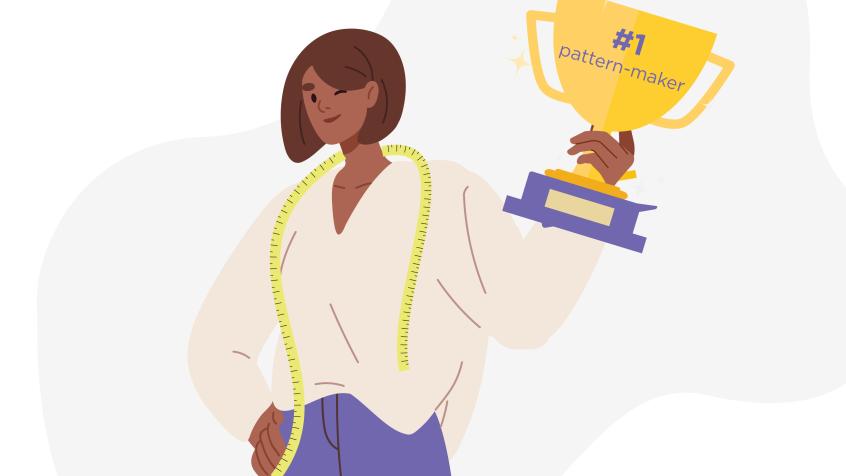Times are changing: the role of #FashionTech in sustainable fashion
In 2015, The Environmental Protection Agency estimates that 10.5 million tons of textiles wound up in landfills.

Consumers and companies unite for sustainable fashion to reduce waste and environmental impact
Sustainability has been a hot topic in the news the past couple of years. There has been a strong sense of urgency to start living a cleaner and eco-friendlier lifestyle, with hopes to slow the possible irreversible effects on the environment and leave the future a better place.
Consumers are beginning to take preventative measures, with help from companies who have begun to raise awareness and to limit the amount of waste they are putting into the environment. One big area of focus is textile use. Consumers are taking a stand when it comes to participating in sustainable fashion. In 2015, The Environmental Protection Agency estimates that 10.5 million tons of textiles wound up in landfills.
How "green" are your clothing choices?
With that in mind, consumers have become very conscious when it comes to the garments they buy and what to do with them after they are no longer needed. Some consumers adopt a minimalist lifestyle, where they own a select few higher quality garments which are very versatile.
Consumers have also begun seeking different styles of businesses when it comes to what to do with their unwanted garments. One style is consignment shops which give garments a second life. Just because a garment no longer fits or isn’t the consumer's style, it does not need to be thrown away. Consignment stores will pay the seller for select garments. Thrift stores operate strictly by donations. Some stores, like Eileen Fisher, offer coupons to consumers who return gently used garments to their store. Eileen Fisher then resells that garment on their Renew program website. Other companies, like Rent the Runway, rent their garments for consumers to use. When the consumer is finished wearing it, they send it back to be returned.
When garments reach the end of their life, unable to be worn or repurposed there is an option for them to be recycled. Textiles that are recycled are turned into usable products such as car seat stuffing, automobile insulation, wiping cloths, home insulation or pressed back into fibers and turned into yarn. Recycling textiles gives unwanted clothes a fresh start as another product, which keeps them out of landfills.
Consumers are not the only ones taking a stand when it comes to being more sustainable. Companies are creating new processes and technologies that optimize resources. For example, a new process that use less water when dying fabrics. Currently, the world uses 1.3 trillion gallons of water per year, for fabric dying. Additionally, others are creating a shorter supply chain and limiting the amount of energy used when producing garments. These innovations not only are better for the environment but also for a company’s margins.
Did you know...?
The fashion industry, including the production of clothing, contributes to around 10% of global greenhouse gas emissions due to its long supply chains and energy intensive production processes. The industry consumes more energy than the aviation and shipping industries combined.
Using technology like Gerber’s AccuMark® and YuniquePLM can not only get products in front of consumers’ quicker, but can increase efficiency, creating more precise planning while reducing wastes and material consumption. Companies are able to synchronize product lines and financial plans to maximize product development teams by working from the same library of information in YuniquePLM. AccuMark® allows companies to be able to accelerate the time to market while generating the most efficient fabric yields for each of the designs. Accurate, precise planning can cut weeks off your product development time, which equates to savings to the bottom line.
Leading apparel brands have trusted Gerber Technology's AccuMark® software for design and production
The fashion industry is notorious for spending billions of dollars on physical samples, with designers trying to get the fit right, ensuring proper product construction and overall aesthetics and usability. AccuMark® 3D can be used to validate patterns and simulate virtual garment samples fit so realistic there’s no need for designers to spend the time and money cutting and sewing “real” ones. This decreases the amount of textile waste created while saving companies time, money and resources.
Related content




